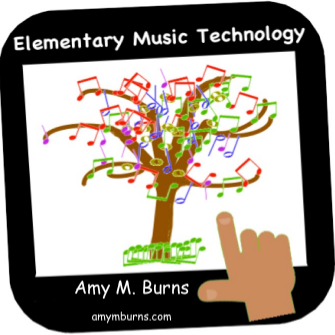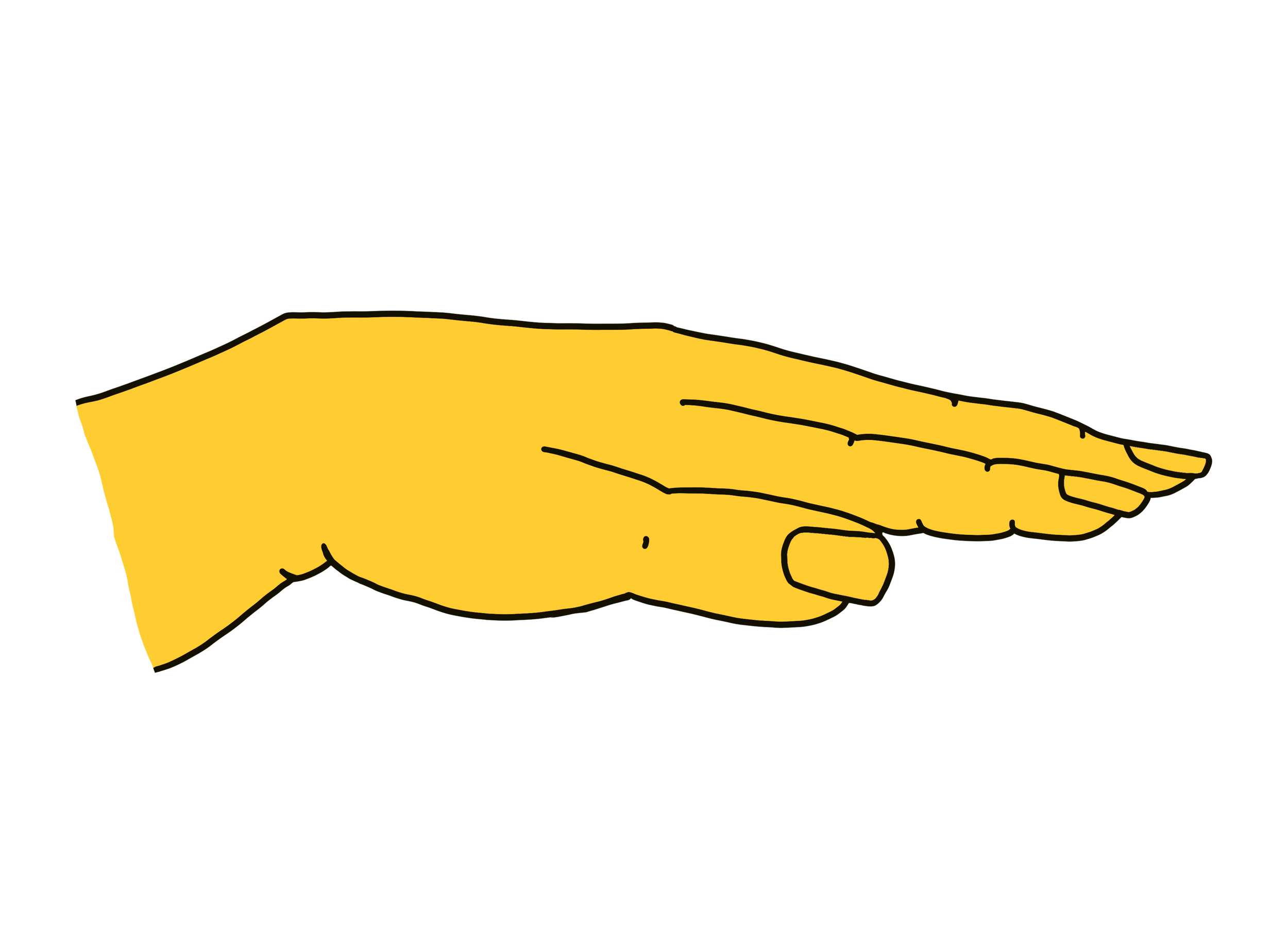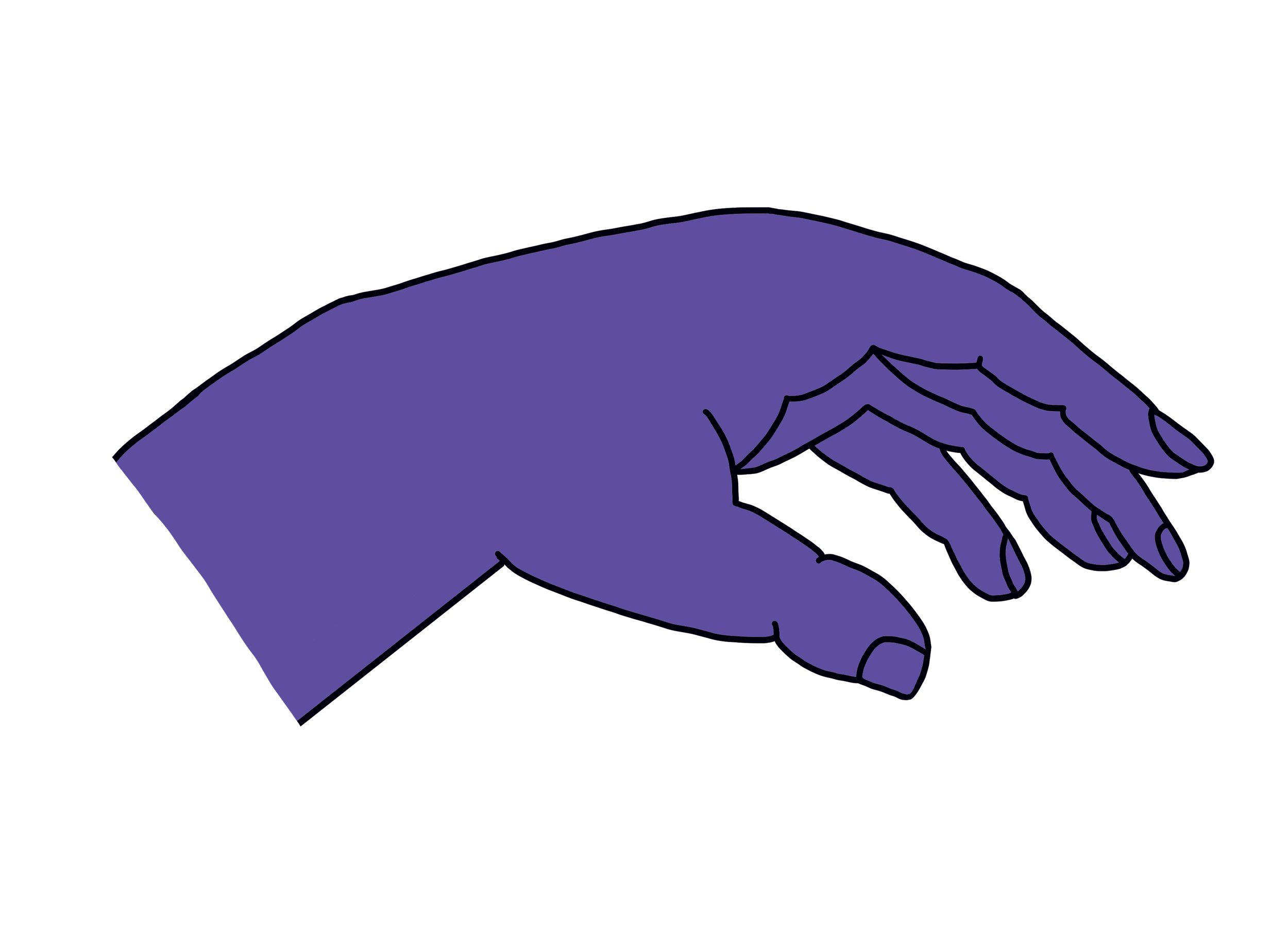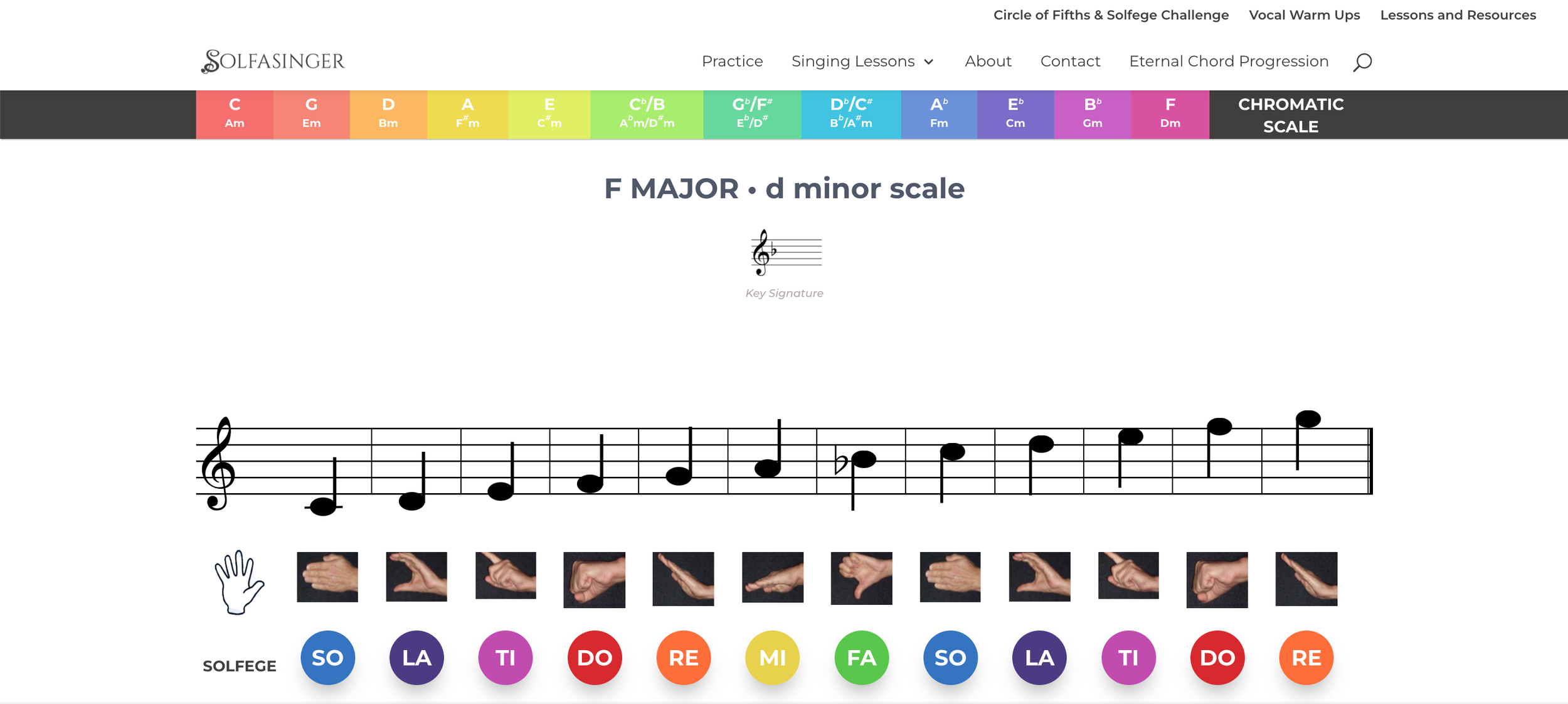Play-Along Video Inspired by Kodály and Orff Schulwerk Approaches: Doggie, Doggie
Reposted from June 2022 - Still teaching? I like to end my year with my younger students playing music activities that reinforce musical skills like steady beat, piano and forte, sol-mi-la combinations, and more. Here is an activity using Doggie Doggie
I am coming back to my summer goal of creating play-along videos to songs and lessons inspired by the Kodály and Orff Schulwerk Approaches. Lesson manipulatives will accompany each video (found on my YouTube page). The lesson manipulatives can be found on my Buy Me a Coffee page.
Doggie, Doggie (Duple Meter, Quarter/Eighth/Half Notes/S-M-L Tonal Pattern)
The second play-along video is “Doggie, Doggie” and the lesson is included in this blog. Doggie, Doggie is a traditional melody that includes a movement and solo-singing game. It focuses on the sol-mi-la tonal pattern and the rhythm values are quarter, half, and eighth notes in a duple meter.
The accompaniment is simple as it is just a melody line and a bass line of a separated bordun (do, sol, do, sol, etc). The melody line is introduced first, followed by the bass line, and finished with both lines performed together.
Melody
Like Lemonade, I have performed this lesson with students as young as kindergarten (and preschool if we only play the melody on their small xylophones). To begin, we warm up with call and response patterns of sol, mi, and la. If the hand signals have not been introduced yet, we begin with sol by tapping the head, mi by tapping the shoulders, and la by tapping the air above our heads. We transfer that to the mi-sol-la hand signals.
I then use the website Solfasinger so that the teacher or the students can create mi-sol-la patterns to echo. I like this website because there is a child’s singing voice used for solfege. It is a great website to keep in the back of your mind when you have to perform a virtual lesson or need to give a singing resource to your students. This link in the manipulatives and in this blog is set to the Solfasinger in F Major. You can change that on the website.
We then learn the melody. As with Lemonade, I teach it by call and response on solfege using the body movements of sol by tapping the head, mi by tapping the shoulders, and la by tapping the air above our heads. We then transfer that to the mi-sol-la hand signals, one phrase at a time. We increase the call and response to two phrases at a time, and then to the whole melody.
All vs. Solo vs. Doggie
The students and I discuss the difference between the three styles and how those styles will help play the game. If a student is too shy to sing the solo, give the solo to someone else. What I have seen happen is that shy students need time to watch others perform and then they find their comfort zone. The goal with solo singing at a young age is to encourage it and to make it a positive experience.
Performing Melody on Xylophones and Boomwhackers
I love using Flat.io (education version) to create the visuals because you can create Kodály rhythm stick notation under the staff notation. And, you can include boomwhacker colors. I placed this song in the key of F to help my students sing in their head voices. However, many boomwhackers are pitched in C with the red C Boomwhacker labeled as Do. In Flat.io, I can create movable Do melodies so that the boomwhacker colors stay in their traditional form, but they can be labeled with movable Do. To see how to do this, see below.
Flat.io is available from their website and from great music dealers like MusicFirst.
As with Lemonade, in the next class, we learn the melody to Doggie, Doggie. After reviewing the song on hand signals and then lyrics, we transfer sol to the right hand and mi to the left hand so that they tap the rhythm on their laps. When we get to la, depending on the skills of your students, I have them perform s m-l s m pattern as r l-r r l. If your students are ready for a crossover pattern, you can teach them r l-l r l.
If the students have trouble identifying left from right, which is normal, I give them a scrunchy or rubber band to put on their right wrist to help with this.
What if Your Class Does Not Have Enough Instruments?
That is where this lesson can be accomplished with xylophones, boomwhackers, tone chimes, tone bars, and virtual instruments. Since the melody has two pitches, you can supplement instruments that can play high and low, or the pitches of G and E, so that more students can perform. Virtual websites like Playxylo.com, my Scratch Boomwhackers site, and Dr. Musik’s website help when you might not have enough instruments, but you do have access to devices. This also helps students who cannot hold mallets in a traditional way so that they can make music alongside their classmates.
Bass Part
Very similar to Lemonade, during the next class, we will learn the bass part. I begin with the students performing the steady beat on their laps with both of their hands patting together. Then, I ask them to separate with the first steady beat being performed with their left hand tapping their left leg, then their right hand tapping their right leg, and alternating after that. If they have trouble with lefts and rights, I can give them a scrunchy. We then transfer that to the C (left hand) and F (right hand) bars on the xylophones. Again, this can also be played with higher-pitched xylophones, virtual instruments, tone chimes, tone bars, and boomwhackers.
They all play the alternating bordun (F C F C, etc), and I sing and play the melody on my instrument.
Both Parts
The next class brings both parts together as I review with the students how to play the melody and then the bass line. I divide the class in half and they play the parts together. If there are students without an instrument, they can perform the movement game and we switch throughout the class. We continue until all students have played the bass part, the melody, and the movement game.
Rhythm
I did not approach the quarter and eighth note rhythm patterns in this lesson as I kept it focusing on singing, melody, pitches, and movement. However, the rhythm can be prepared in this lesson and presented with another song. Finally, it can be practiced via performing it on the instruments or creating their own B portion of the song Lemonade with the quarter and eighth notes.
Manipulatives
Here are the manipulatives for this lesson. Where I just suggested how to practice the rhythms by creating a new portion of the song, you can also practice the melody lines by creating a new song with the pitches sol and mi and using quarter and eighth notes.
The manipulatives below are for the taking and include Google Slides, Seesaw Activity, and pdf files so that you can download and use them in the way that works best for your class.
Manipulatives: https://buymeacoffee.com/elmusedtech/extras
PDF: https://buymeacoffee.com/elmusedtech/extras





